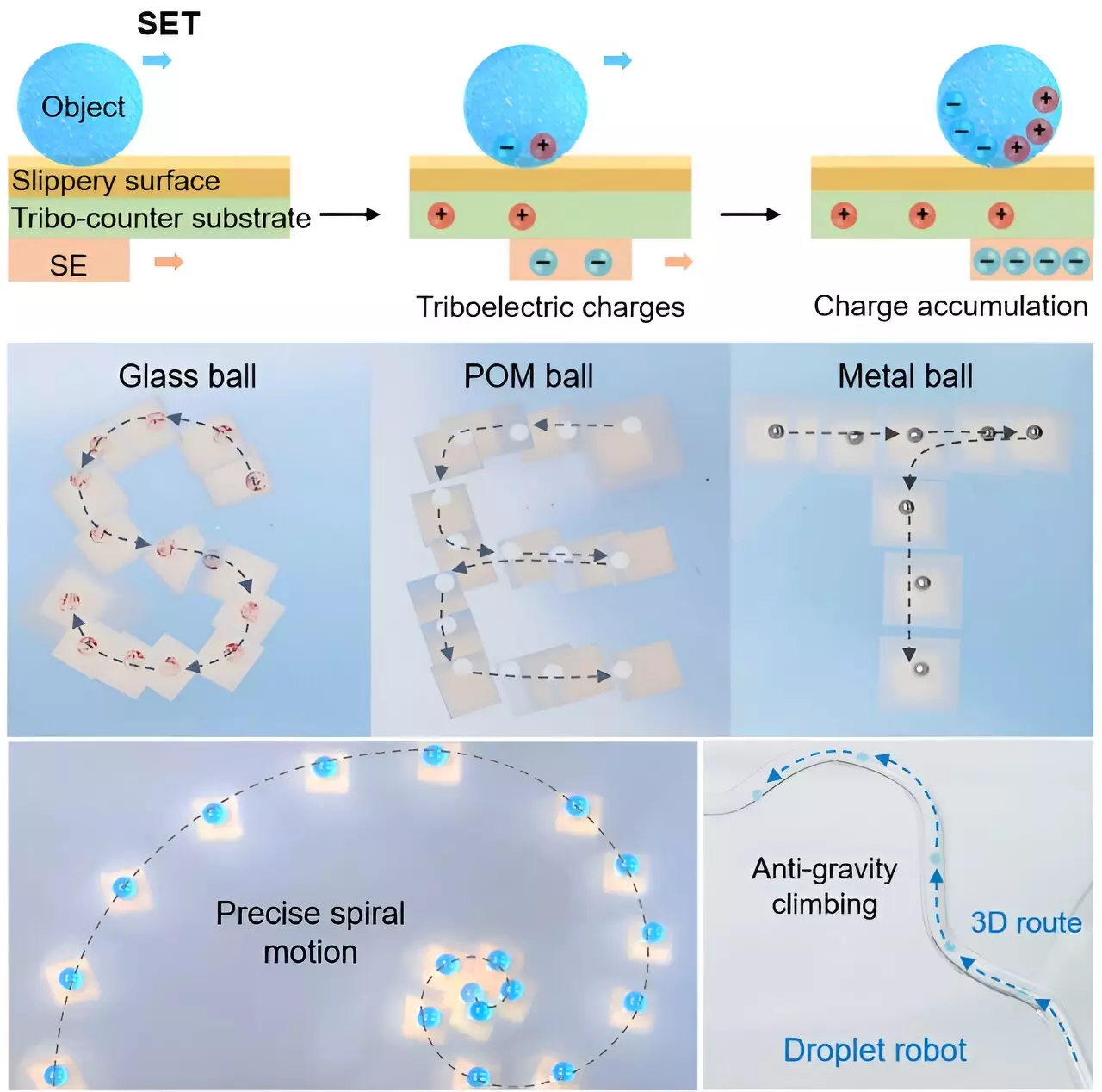Recent advancements in the field of science and technology signal a revolution in the way we manipulate objects at a micro and nanoscale level. At the forefront of this innovation is the self-powered electrostatic tweezer (SET), a cutting-edge device that promises unprecedented flexibility in handling various materials. Developed by a research team led by Dr. Du Xuemin at the Shenzhen Institute of Advanced Technology, this incredible tool is set to redefine essential practices across disciplines such as physics, chemistry, and biology.
Challenges with Conventional Tweezers
Traditional tweezers often rely on intricate electrode arrays and external power supplies, which can be cumbersome and prone to failures. Moreover, they tend to generate excessive heat, limiting their effectiveness in delicate environments. These limitations not only hinder the efficiency of the manipulation process but also pose risks in situations where sensitivity is paramount. In stark contrast, the SET overcomes these traditional hurdles by embracing an innovative design that leverages the triboelectric effect to generate charge.
The Ingenious Design Behind SET
The self-powered electrostatic tweezer features a polyvinylidene fluoride trifluoroethylene (P(VDF-TrFE))-based self-powered electrode that can generate an impressive surface charge density of approximately 40 nC cm-2 in mere seconds. This rapid charge accumulation is facilitated by its unique sliding mechanism along a specially designed tribo-counter substrate. The material not only acts as a charge generator but also minimizes resistance and biofouling, extending the device’s applicability in real-world scenarios. The stability of the accumulated charge is a significant breakthrough as it remains intact for over five hours, even under variable humidity conditions. This level of consistency is critical for various laboratory applications.
Endless Applications and Versatility
One of the most compelling aspects of the SET is its extraordinary versatility. The device can adeptly manipulate a wide range of materials—from bubbles and solid spheres to liquid droplets—achieving speeds of 353 mm s-1. Such adaptability streamlines operations in environments where multiple objects or surfaces must be engaged. The SET’s design offers the freedom to transition seamlessly between two-dimensional and three-dimensional surfaces, broadening its usage to applications such as pump-free microfluidics, droplet merging, and even complex cell assembly tasks.
Impact on Future Technologies
What makes the self-powered electrostatic tweezer particularly groundbreaking is its potential to eliminate the need for traditional constraints like intricate electrode arrangements and external power supplies. By doing so, it ushers in a new wave of technology likely to enhance efficiency in laboratory settings and beyond. The implications are particularly exciting in fields like microfluidics, where precise control over small fluid volumes can lead to significant advancements in medical diagnostics and therapies.
The SET represents not just a technological advancement but a paradigm shift in our approach to manipulating micro-scale objects. Its unique characteristics and user-centric design elevate it from a mere tool to an essential instrument for scientific innovation across various disciplines. With the groundwork laid for this pioneering technology, we stand on the cusp of a new frontier in precision manipulation.

